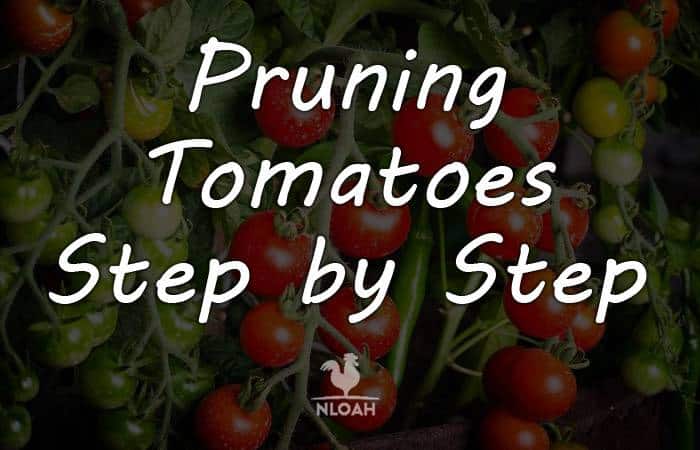

The new growth will also decrease airflow and light penetration. Very small at first, suckers will grow into whole new leaders, making it more difficult to trellis the crop later. Suckers can be identified easily as small growths that occur between main tomato leaders and lateral branches. This bottom-pruning is recommended both for determinate varieties (like San Marzano and other paste tomatoes) as well as indeterminate tomato varieties like Purple Cherokee, Early Girl or the cherry tomato family.Īfter establishment pruning, remove suckers from tomato plants until last harvest. Remove all tomato leaves from the bottom 12” of the plant, or up until first flowers. During plant establishment, pruning is best done when flowering begins, usually when the plant is about 24” tall. This is done in two phases.Īt planting, remove plant leaves that will touch the soil to minimize soilborne disease transmission. By strategically selecting and removing a portion of healthy tomato growth during crop development, gardeners can improve the quality and longevity of the tomato harvest. This will do much to prevent common tomato diseases, such as powdery mildew, Septoria leaf spot, and Early blight. The goals of tomato pruning are threefold: increase airflow below and through the plant, even out light distribution around the plant, and make it easier to trellis or support it later. Photo of sucker remove these season-long (indeterminate tomatoes only) Photo Credit - Nick Frillman


 0 kommentar(er)
0 kommentar(er)
